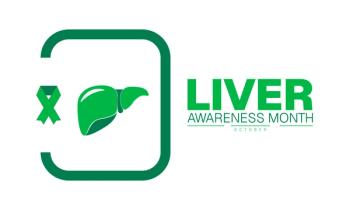
Researchers Categorize Incurable Childhood Brain Tumors as Separate Cancer Types
After examining over 1000 cases of high-grade gliomas in children and young adults, researchers have split these rare brain tumors into at least 10 different subtypes, which could help clinicians choose and deliver more effective treatments.
After examining over 1000 cases of high-grade gliomas in children and young adults, researchers have split these rare brain tumors into at least 10 different subtypes, which could help clinicians choose and deliver more effective treatments.
The recent study,
Researchers categorized each case by the tumor’s clinicopathological and molecular qualities, such as the child’s age at onset, anatomical location within the brain, and number and type of genetic mutations. They found that subtypes classified by histone mutations varied significantly in their clinical outcomes and other qualities.
For instance, H3.1K27M tumors were generally found in the pons in younger patients, who tended to have slightly longer survival. In contrast, H3.3K27M tumors were found in two-thirds of DIPG and non-brainstem midline high-grade gliomas and were associated with shorter overall survival. Researchers noted that the replication gene TOP3A seemed to play a large role in this tumor subtype, making it a potential therapeutic target.
A small number of cases (n = 11) demonstrated a significantly larger burden of mutation and were classified as “hypermutators,” compared with the median number of 12 mutations across all genome sequenced cases. These hypermutators, which had as many as tens of thousands of mutations, could be candidates for therapy with immune checkpoint inhibitors, the authors wrote.
“Our study uncovered a wealth of new information about children’s brain cancers,” said lead study author Chris Jones, PhD, in the statement. “We found that tumours that have historically been lumped together under one diagnosis are in fact comprised of many, remarkably different, diseases.”
Jones said that a better understanding of the mutations driving each cancer would help scientists determine which types might respond to different treatments. He added that some types seemed like they would be treatable with therapies already being used for other indications or with new drugs in development.
Newsletter
Stay ahead of policy, cost, and value—subscribe to AJMC for expert insights at the intersection of clinical care and health economics.















































